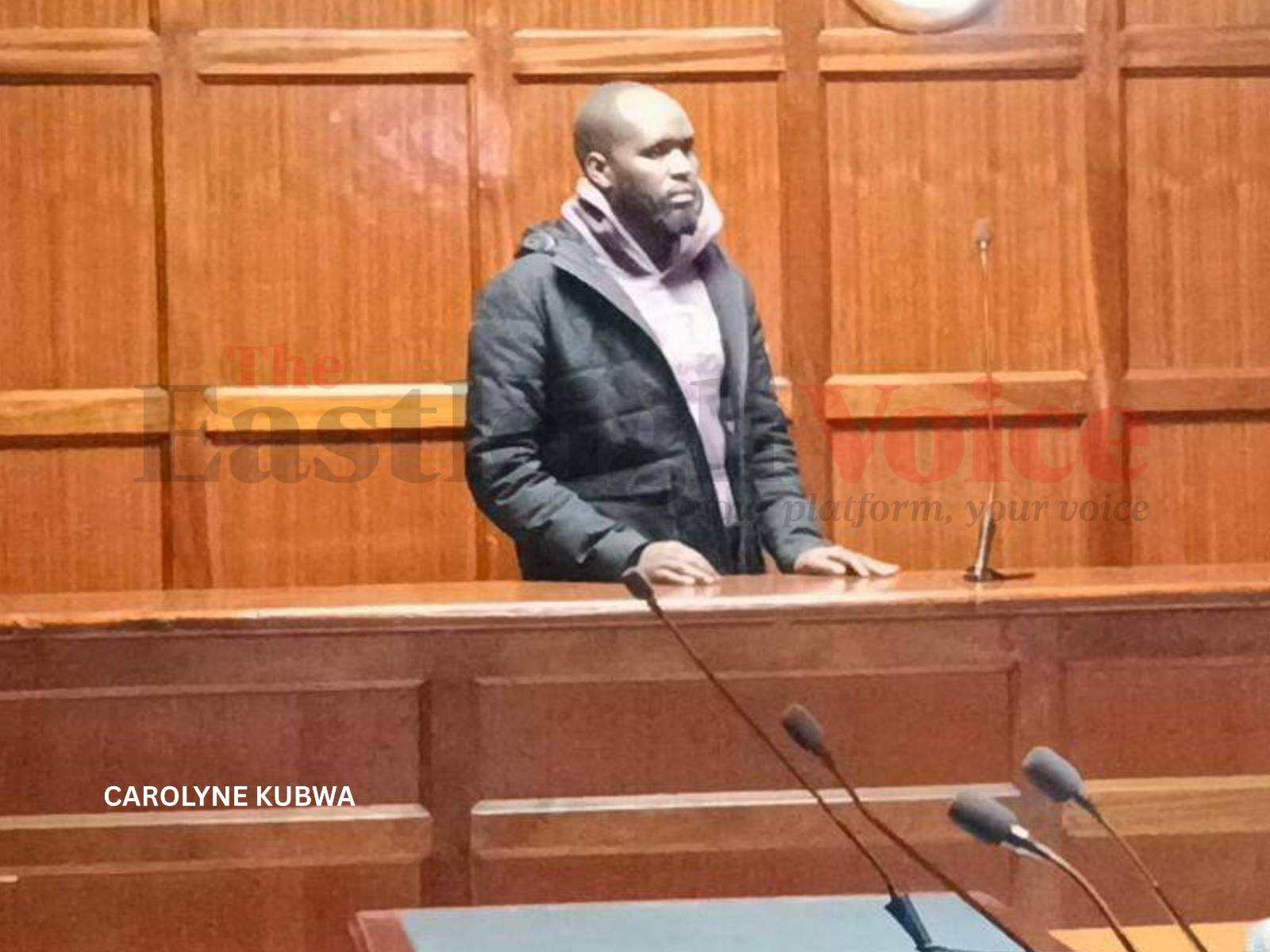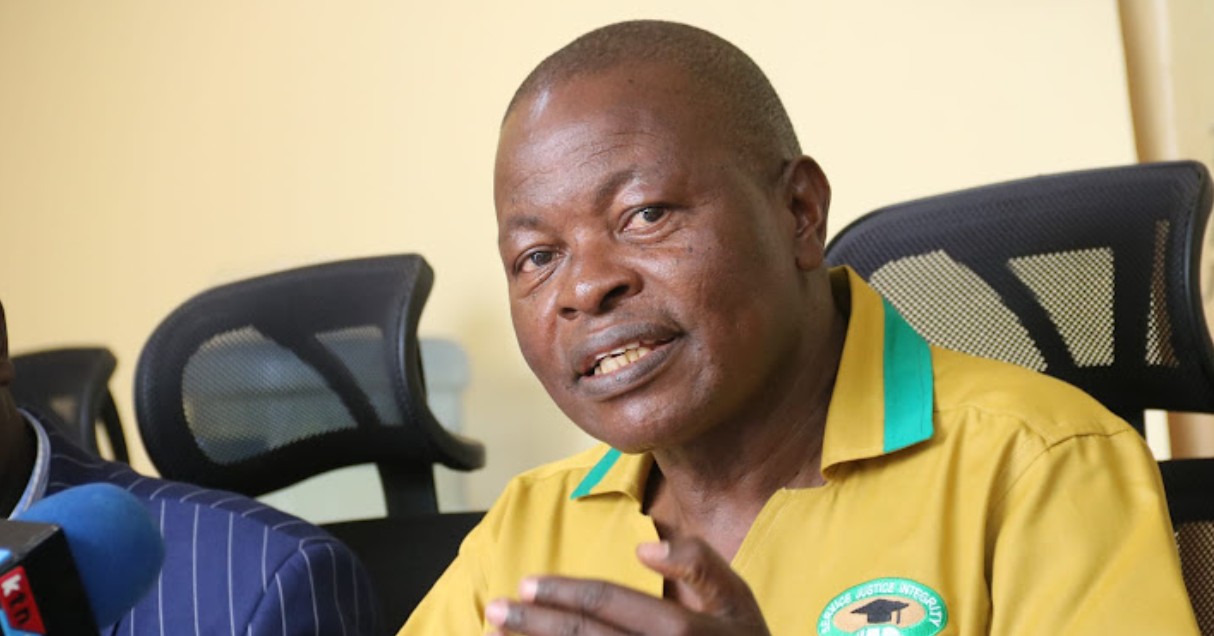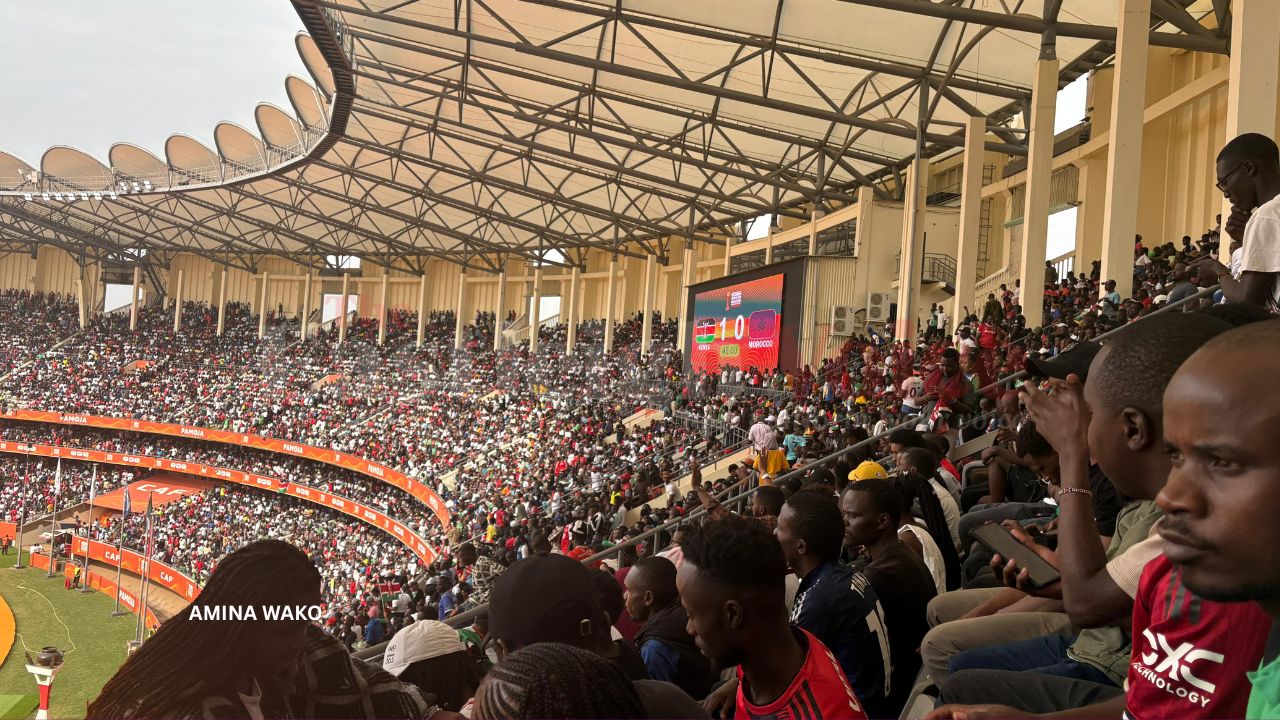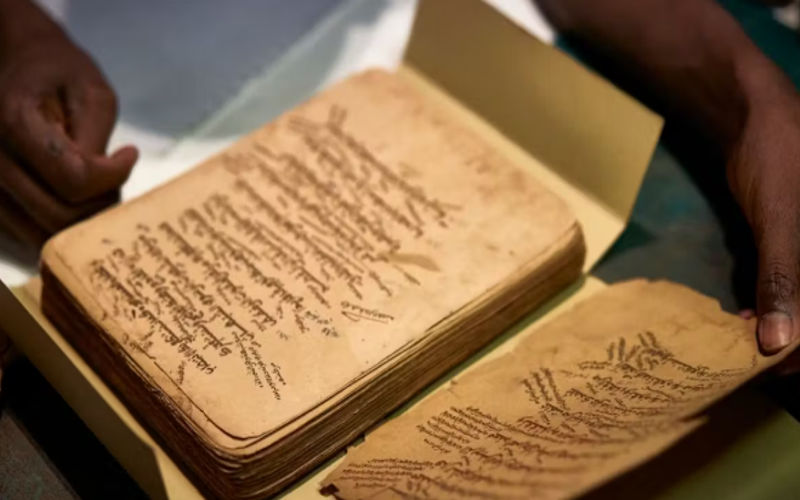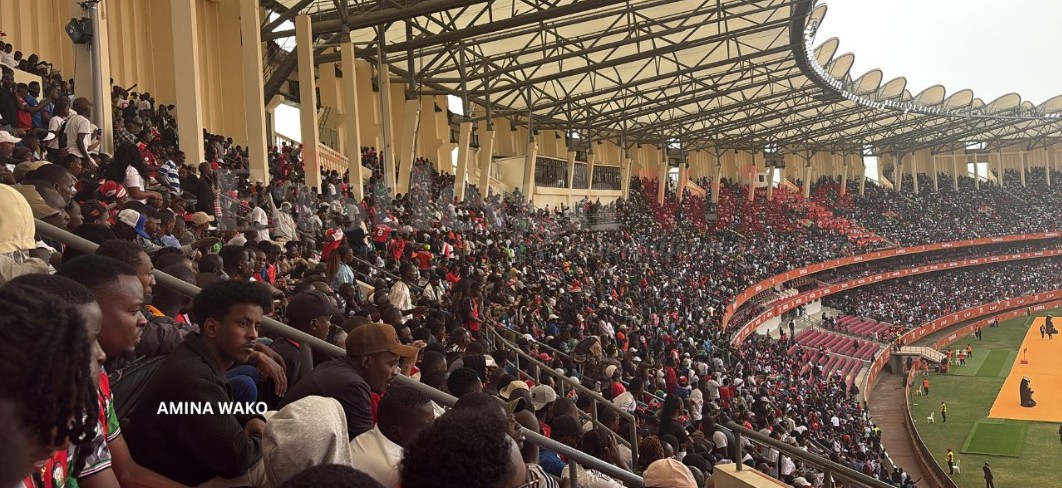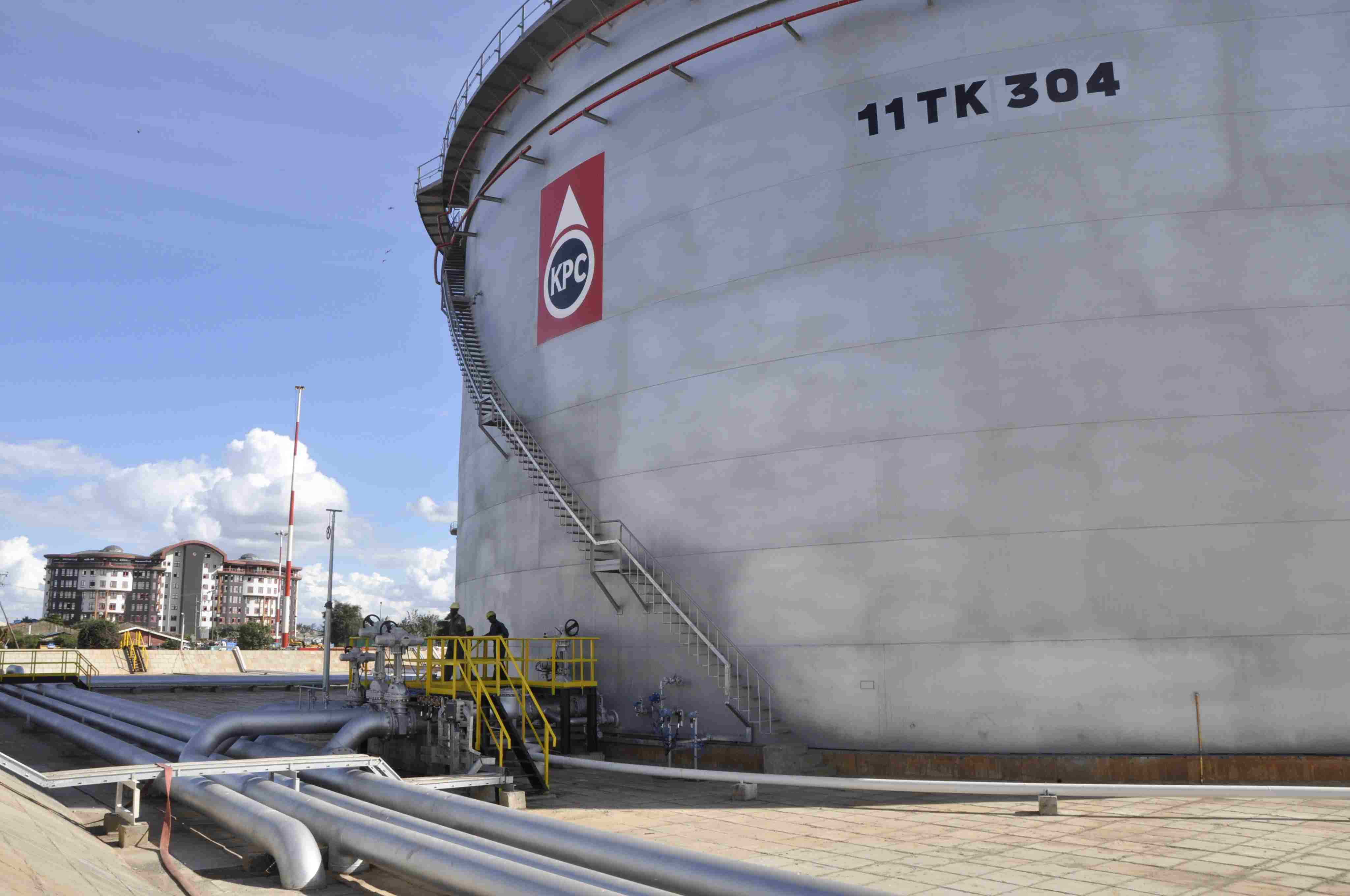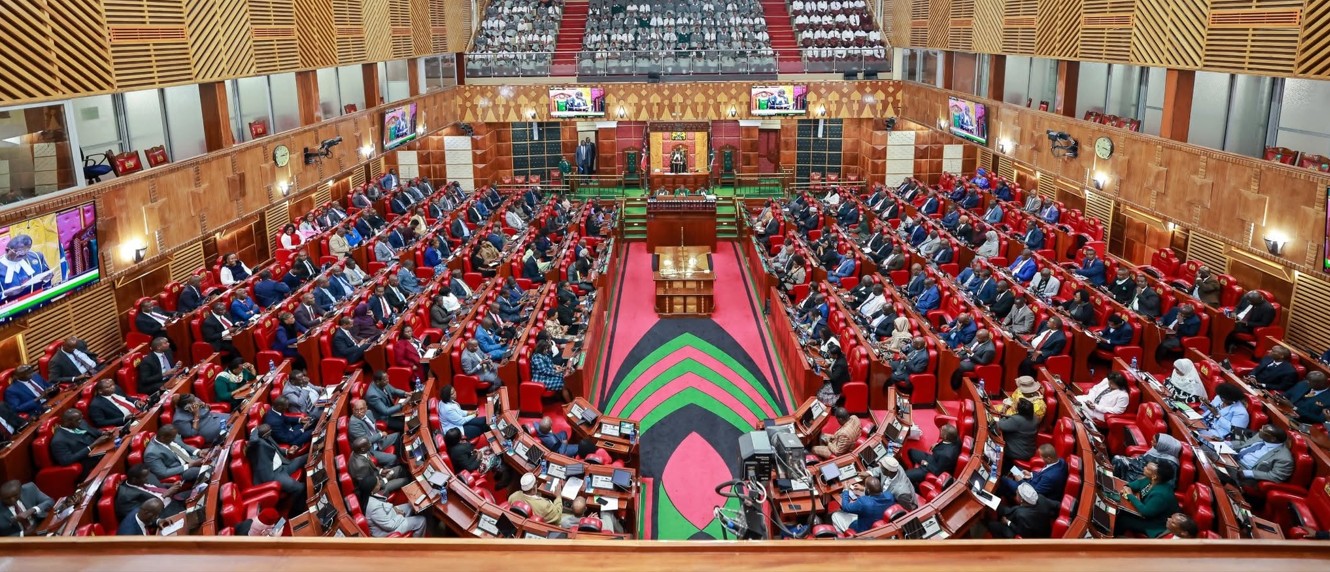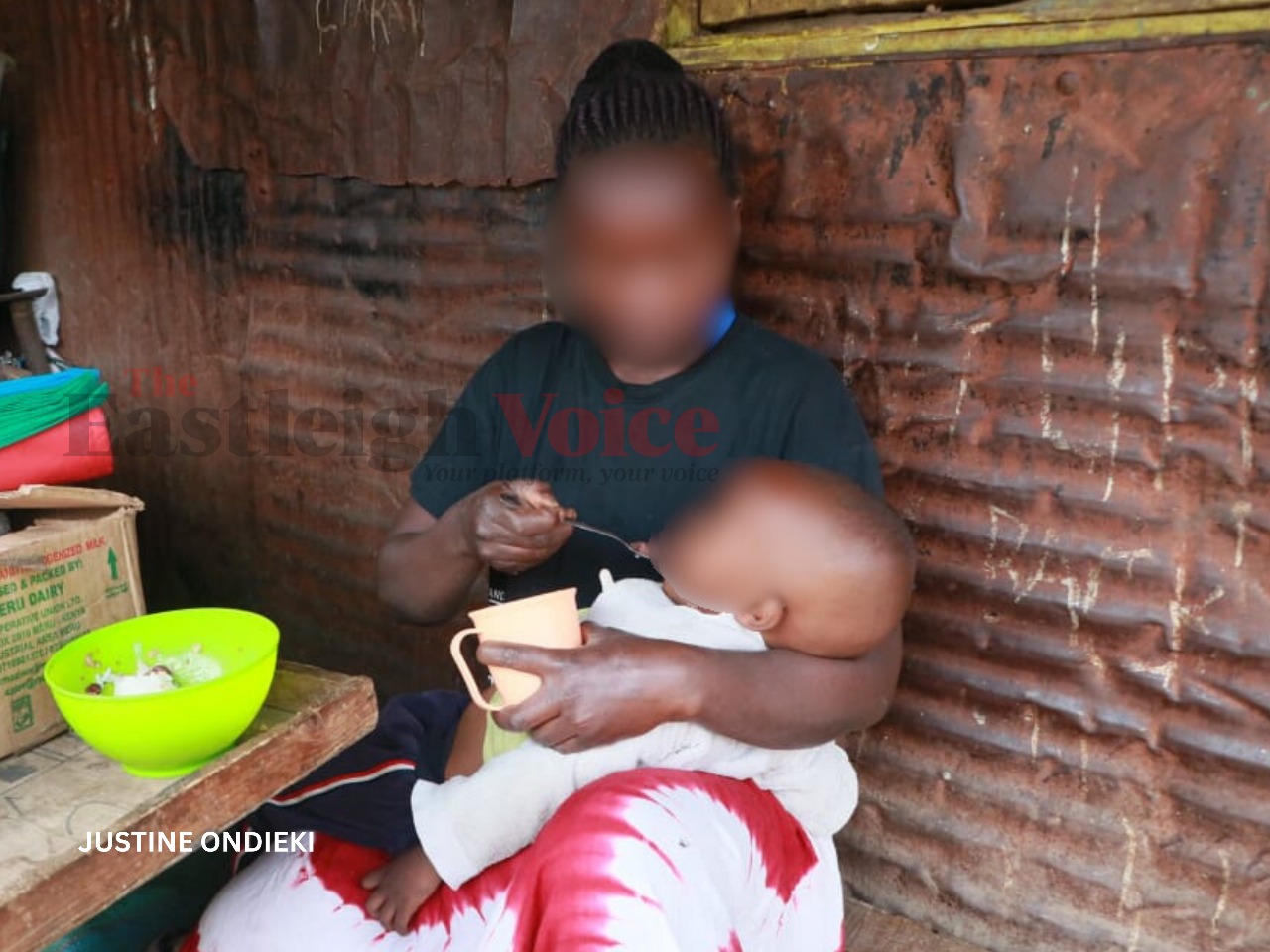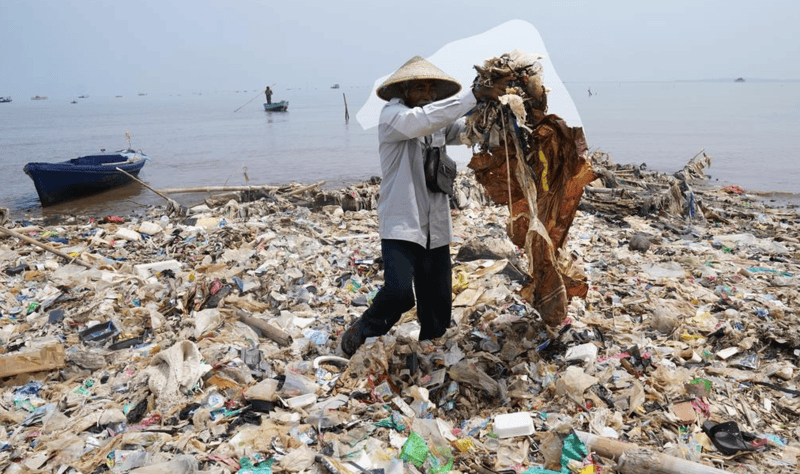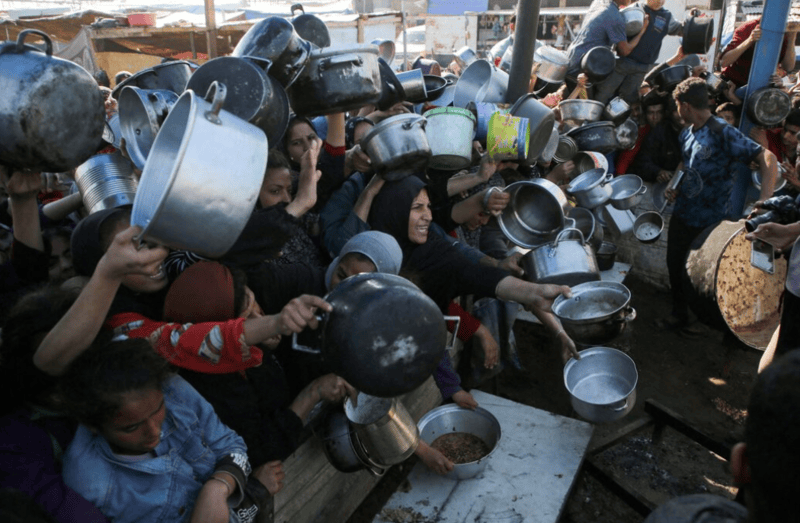Governor Sakaja blames legacy system for Nairobi’s Sh8.6 billion water loss
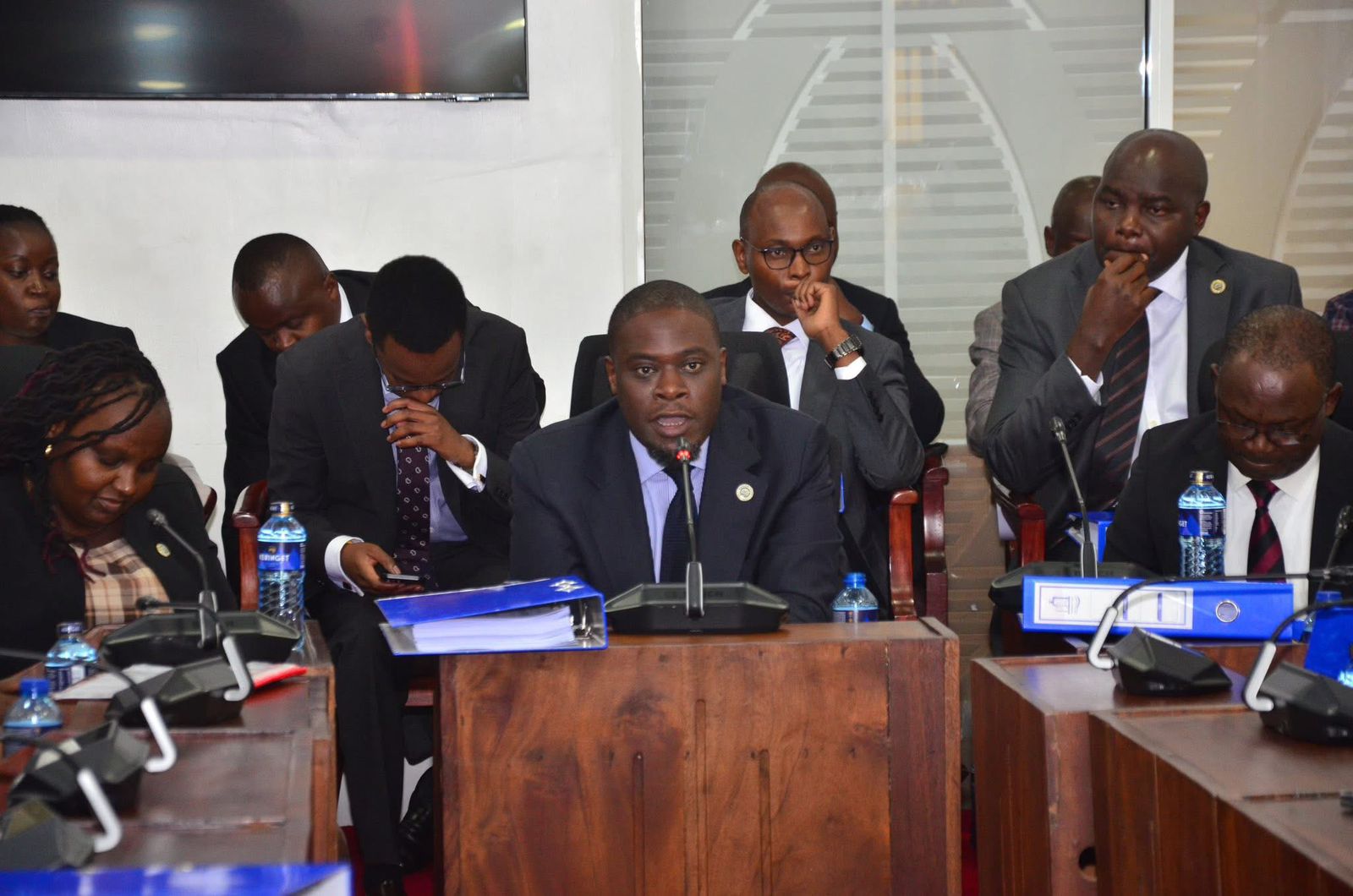
He explained that his administration had set aside Sh9.2 billion in the 2024/2025 budget to fix leaking pipes, improve meter accuracy, and carry out pipeline rehabilitation.
Nairobi Governor Johnson Sakaja has attributed the county’s staggering 51 per cent water loss, valued at Sh8.6 billion annually, to a broken system inherited from the previous administration.
Appearing before the Senate County Public Investments and Special Funds Committee on Monday, Sakaja faced sharp criticism from senators over the scale of unaccounted-for water.
More To Read
- Ruto revives ‘Hustler’ wave with youth empowerment drive ahead of 2027 polls
- Tough times for Nairobi hawkers as city county enforces new street trade restrictions
- Sakaja’s 'Dishi na County' programme under scrutiny over billions in irregular spending
- City MCA calls for streetlight policy to address growing insecurity
- KISIP II: Thousands in Nairobi to benefit from major upgrade of informal settlements
- City Hall to arrest hawkers, customers for selling and buying goods in undesignated areas
The committee chair, Godfrey Osotsi, pressed the governor on the figures flagged by auditors, saying: “Governor, auditors say 51 per cent of water produced, worth Sh8.6 billion, simply vanished. How do we explain this to rate-payers?”
In response, Sakaja said the loss was due to neglected infrastructure, which had not been upgraded for years.
He explained that his administration had set aside Sh9.2 billion in the 2024/2025 budget to fix leaking pipes, improve meter accuracy, and carry out pipeline rehabilitation.
“We inherited antiquated pipes and deferred capital works. We have now ring-fenced Sh9.2 billion in the 2024/25 budget for meter sealing, leak detection and pipeline rehabilitation,” Sakaja noted.
The senators also raised concern over the county’s revenue management, particularly the accumulation of Sh11 billion in unpaid bills that had remained outstanding for over 480 days.
Nairobi Senator Edwin Sifuna questioned the effectiveness of debt collection efforts. “Sh11 billion sits in receivables over 480 days. Demand letters alone won’t cut it. Where is the recovery plan?”
Sakaja said the county had taken steps to recover the money, including setting up two new revenue zones and launching a GIS billing platform in February.
He added that debts above Sh1 million had been forwarded to legal teams, and 1,938 previously unbilled accounts were now being invoiced.
The committee also flagged concerns about salary expenditure, noting that it consumes 65 per cent of the county’s revenue, far above the 35 per cent recommended limit.
In response, Sakaja said his administration had put in place strict cost-saving measures, including a hiring freeze on non-essential roles and decentralising services to reduce overtime payments.
He further noted that a cost-recovery tariff had been submitted to the Water Services Regulatory Board (WASREB), aimed at lowering the wage-to-revenue ratio to 45 per cent within a year.
Top Stories Today

